How restaurants are driving virus infections
Infectious diseases experts explain the methods behind how restaurants are driving up coronavirus case numbers in NSW and Queensland.
Restaurant infections of COVID-19, which are driving up new case numbers in NSW and Queensland, are occurring via four different methods, infectious disease experts say.
News.com.au can reveal that one of the infections in the Potts Point cluster in Sydney’s east is a 33-year-old waitress who served an infected patron at The Apollo Restaurant.
Restaurant clusters in NSW include 26 cases linked to the Potts Point cluster, with 20 of those linked to The Apollo and six with the Thai Rock in Potts Point.
The Thai Rock restaurant at Wetherill Park now has been linked to 101 cases, 58 of which are associated with the Crossroads Hotel in Casula.
Queensland infections include a 27-year-old man and his wife, an aged care worker, who dined at the Madtongsan IV Korean restaurant near one of three young woman who lied about visiting Melbourne.
Infectious diseases and biosecurity Professor Raina Macintyre of the Kirby Institute said there were a number of ways the virus could spread in a restaurant setting.
“It could be spread by the respiratory route or by contact (touching). It has been documented that airborne spread can occur in restaurants,” said Prof Macintyre.
“If there are people who got infected without direct contact, then airborne is the most likely route.
“Spread from toilets is also possible, as the virus is shed in faeces and can be aerosolised by flushing or can contaminate taps, door handles et cetera.
“The contact investigation will identify which infected contacts had direct contact versus those that did not.”

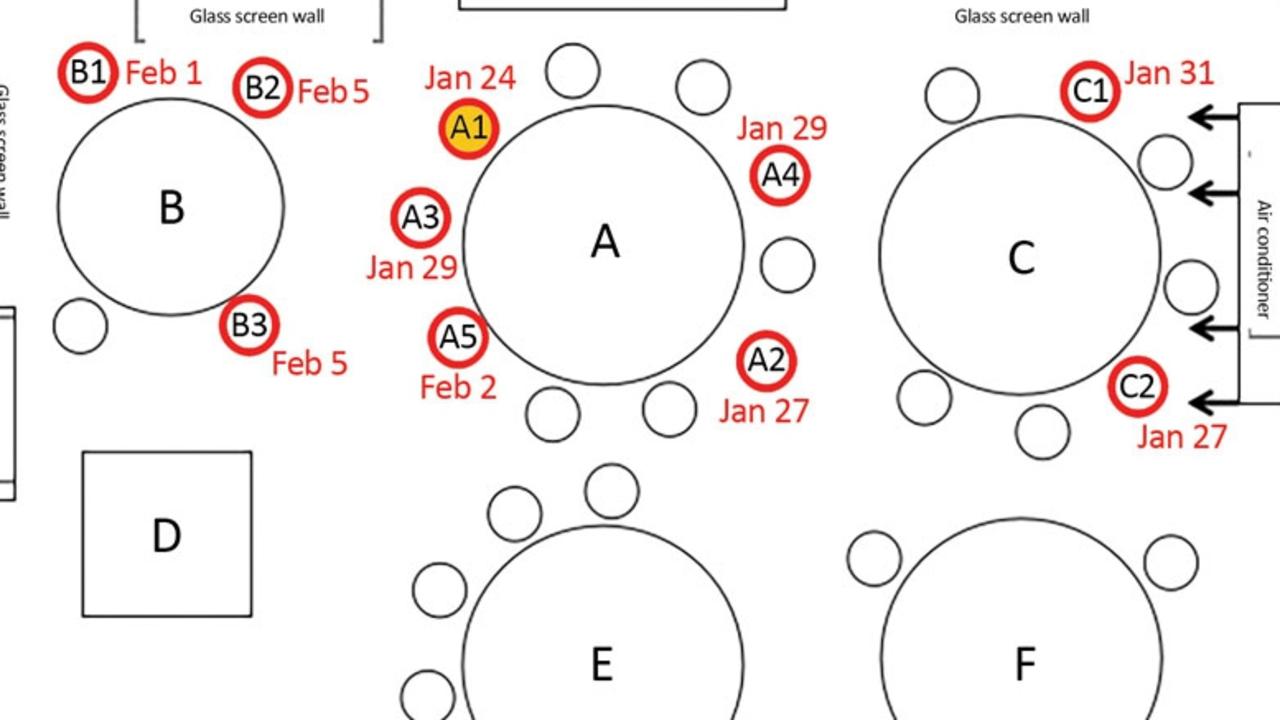
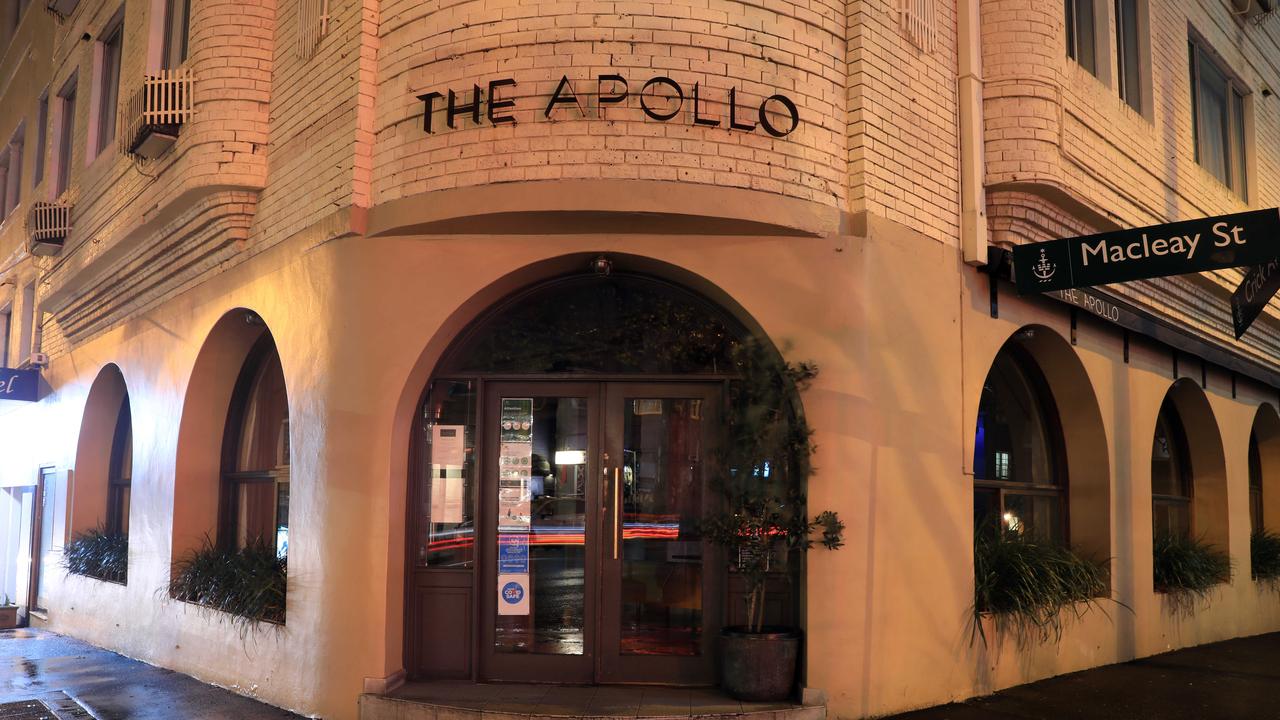
Although not a foodborne disease, coronavirus’s ability to spread by lingering on surfaces such as cutlery, plates and wine glasses, is well-documented.
It can be contracted by “touching objects or surfaces (like doorknobs or tables) that have cough or sneeze droplets from an infected person, and then touching your mouth or face”, according to health.gov.au.
Prof Macintyre cited a Centres for Disease Control and Prevention study of a a COVID-19 outbreak at an airconditioned restaurant in Guangzhou, China.
RELATED: Baby among four new cases in NSW
RELATED: Four Woolworths workers test positive
She also named a research study which shows the riskiest settings for getting infected, including on public transport, in pubs, restaurants, places of worship and at parties.
The restaurant study, COVID-19 Outbreak Associated with Airconditioning in Restaurant, Guangzhou, China, 2020 is by Jianyun Lu, of the Guangzhou Center for Disease Control and Prevention.
The outbreak between January 26 and February 10 this year involved three family clusters of 10 people, with one of the families having just travelled from Wuhan.
The study shows just how the virus can infect others by droplets from one spreader surfing on an aircon system in an enclosed space.
On January 24, the index-case patient A1 (the coronavirus infected person) ate lunch with three family members.
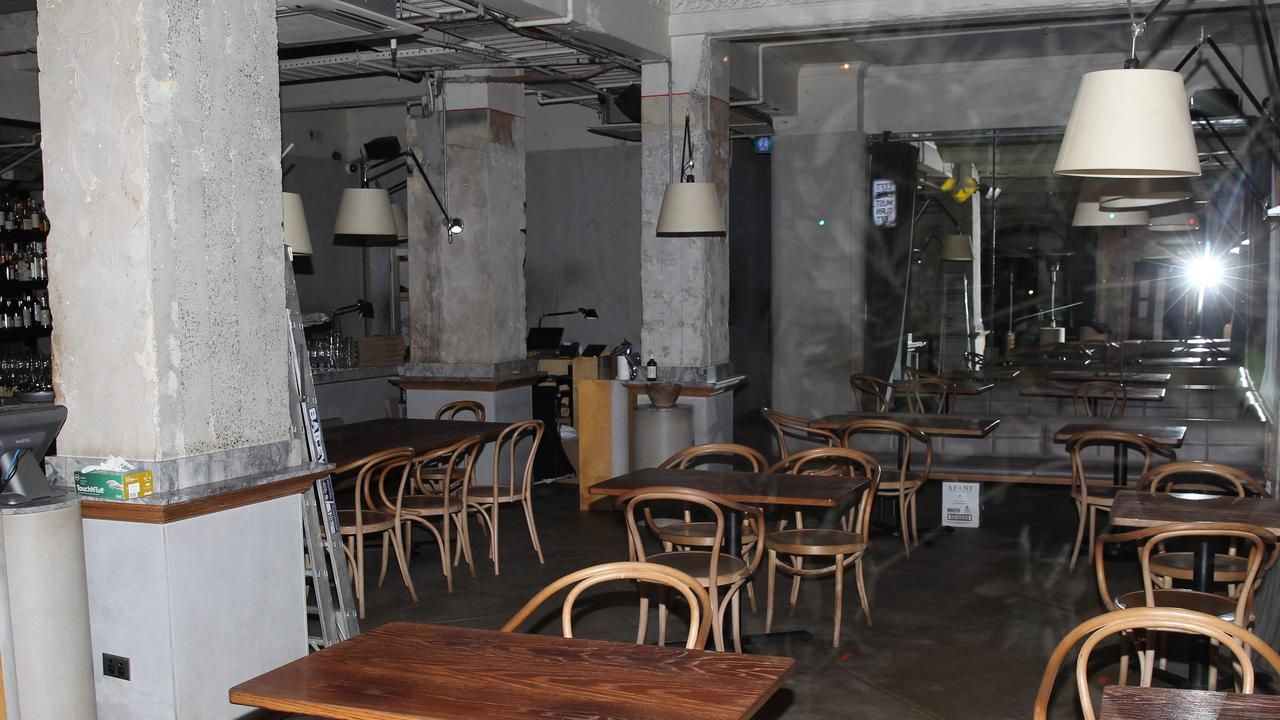
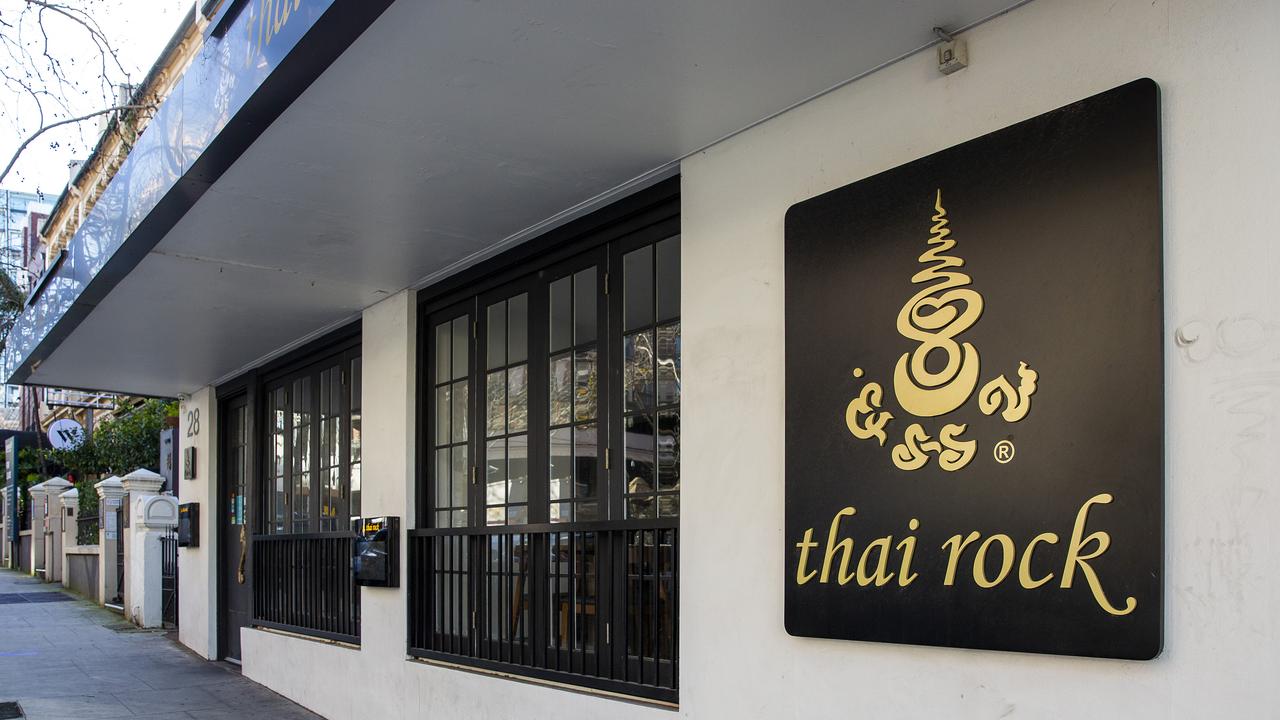
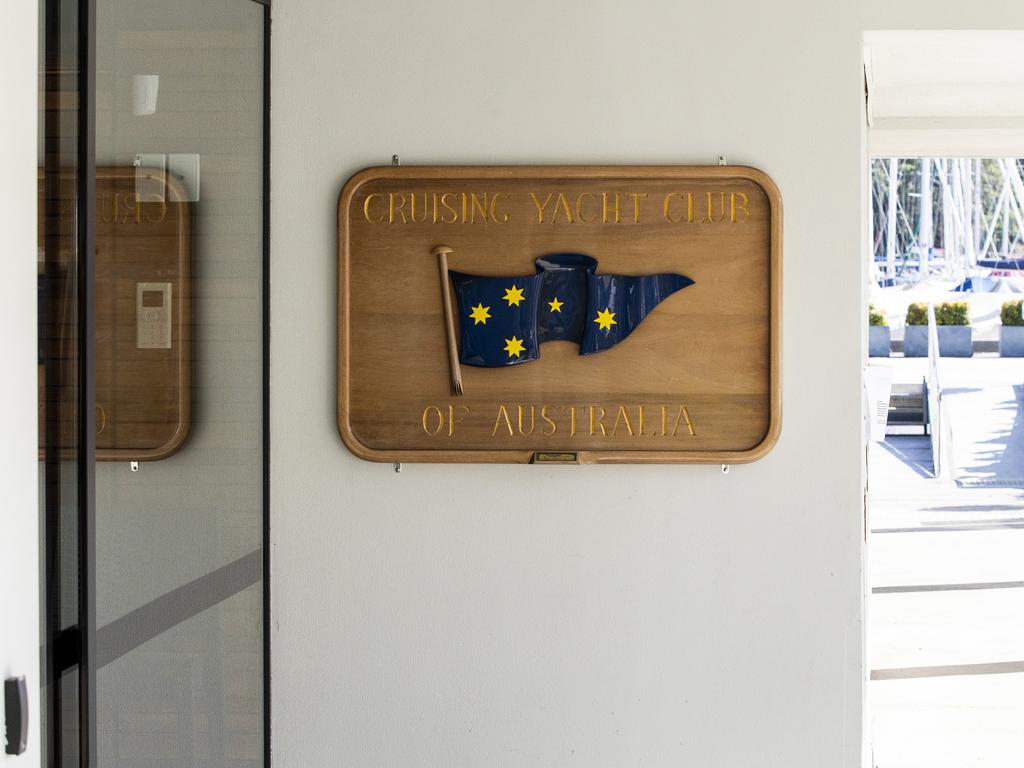
In the same Guangzhou restaurant, two other families – which the study calls B and C – sat at neighbouring tables.
Later that day, A1 experienced the onset of a fever and cough and went to hospital.
By February 5, nine others including four members of A1’s family and, three members of family B and two of family C had contracted COVID-19.
The restaurant is an airconditioned, five-floor building without windows and a third floor dining area occupying 145sq m.
The distance between each table is about one metre and families A and B were each seated for an overlapping period of 53 minutes.
Families A and C were seated for an overlapping period of 73 minutes.
The air outlet and the return air inlet for the central air conditioner were located above the table where family C were seated.
On the day of infection, 83 customers ate lunch at 20 tables on level three, with ten becoming infected and 73 quarantined for 14 days with no symptoms.
Smear samples taken from the air outlet and inlet were negative for coronavirus, with the study’s scientists concluding “droplet transmission … prompted by airconditioned ventilation” was the probable cause of the outbreak.
Although A1 was asymptomatic at lunch, transmission can be made prior to the onset of symptoms.
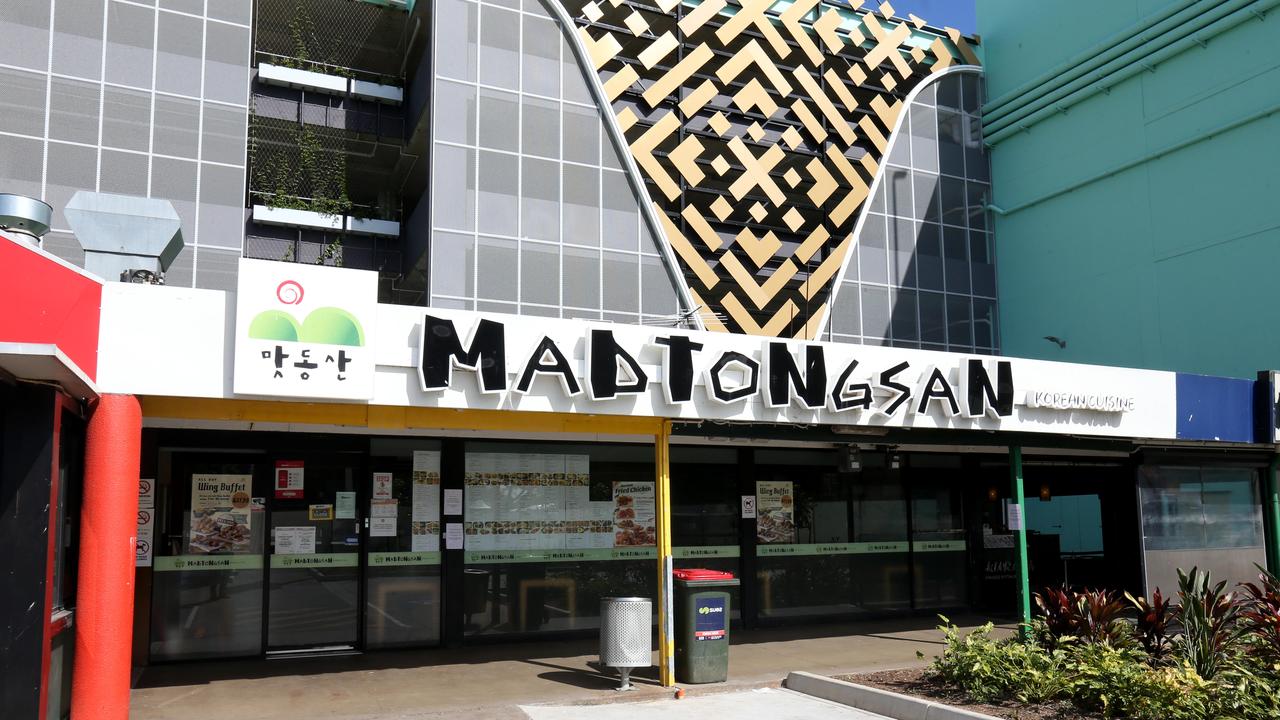
RELATED: Tough restrictions not ruled out for NSW
RELATED: Follow updates on the coronavirus outbreak
The study says the most probable route of infection was directly from A1 to all those infected.
Larger respiratory droplets remain in the air for a short time and travel only short distances, less than one metre.
The distance between A1 and persons at other tables were all more than a metre.
“However, strong airflow from the air conditioner could have propagated droplets from table C to table A, then to table B, and then back to table C,” the research paper said.
“Virus-laden small aerosolised droplets can remain in the air and travel long distances.”
The study recommended increased distancing between tables and improved ventilation to prevent virus spread.
Prof Macintyre said a UK study by Wellcome Open Research, while not specifically about COVID-19, examined how respiratory viruses spread at restaurants, gatherings and on public transport.
The first study to investigate the impact of specific public activities on the risk of acquiring respiratory tract infections, it examined “implications for the use of social distancing to control pandemic respiratory infections”.
The study analysed data from the Flu Watch study in England and Wales, which randomly selected GPs’ patients and asked them for diaries of their activities prior to falling ill.
The activities included being on a bus, train, plane, in a pub, bar or nightclub, eating at
a restaurant, cafe or canteen, and going to a place of worship or a party.
It also looked at visits to the supermarket or small shops, going to the cinema or a theatre, sports event, and playing sport.
Participants were also asked whether they had spent more than five minutes in a room with anybody with a cold other than a member of their own household.
Being in a room with a person from outside the household with a cold for more than five minutes markedly increases the likelihood of infection.
Exposure to a wide range of potentially crowded settings also increases likelihood of illness including buses, underground trains, supermarkets and small shops, entertainment venues, eat-in food venues, drinking venues, parties and places of worship.
Less likely to result in infections were travelling by plane, playing team sports, visiting the cinema or theatre.
NSW recorded 13 new cases overnight, and Queensland just one, while Victoria logged 429 cases as it goes into stage four lockdown and registered a “state of disaster”.




